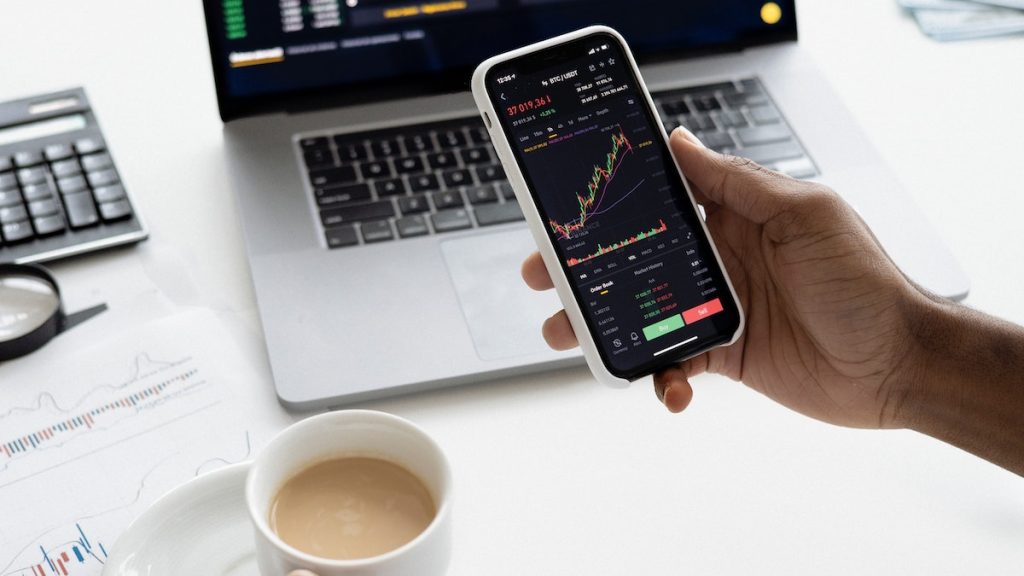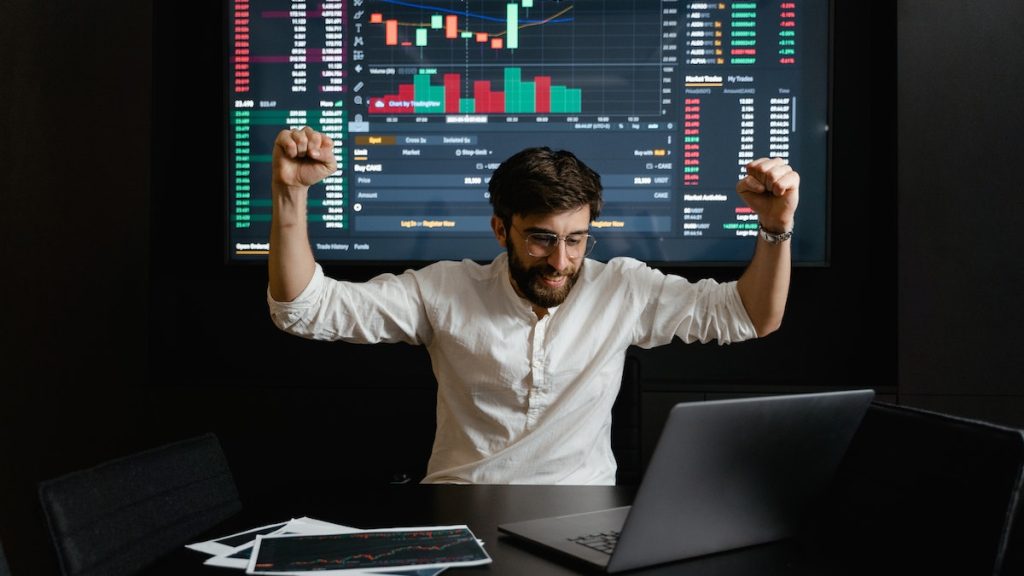Table of Contents
Every day, the prices of raw materials like grain and gold are traded across the world by speculators hoping to profit from the fluctuations in their value. This is commodities trading, and when done well, it can be an incredibly lucrative revenue stream. Invest some time in finding out more about commodities, and you could be reaping the rewards yourself.

The Art of the Deal
Commodities trading involves speculating on price changes of materials that are used by the industry to make value-added products or sold in stores directly to consumers. These commodities can be anything from precious metals to food.
Traders speculate on the price movements of these commodities in the global marketplace, trying to profit from fluctuations. Buy low, sell high, and pocket the difference; that’s what a commodities trader is trying to do.
Commodities are typically traded using futures contracts, which are agreements to buy or sell a specific quantity of a commodity at a set price and on a specific date. This practice is not a modern-day activity; it actually dates back centuries and is an important part of global economic health. Commodities trading is a potential avenue for investment and wealth creation if you have the right information to help you make informed trades.
The More You Know
There are two main categories of commodities: soft and hard. Soft commodities are typically agricultural products or livestock, like wheat, cotton, coffee, cattle, and pigs. Their prices are often affected by weather patterns and disease outbreaks. Data analysis from trading experts like James Cordier can help traders make informed decisions when assessing commodities.
Gaining an understanding of these different factors that change prices helps traders make profits with less risk. A season of bad weather will push the prices of wheat up, as there will be less growth in the field. Traders can profit from the difference between the current price of wheat and the future price when supplies become scarce.
Hard commodities are natural resources that must be mined or extracted, like precious metals, oil, or natural gas. The price of these commodities can be heavily influenced by geopolitical events and macroeconomic factors, creating opportunities for traders.

Risk Versus Reward
Commodities trading comes with its own set of risks. Effective risk management is the key to successful trading and preventing losses. Diversification can help mitigate the risk. It means spreading your investments across different types of commodities to avoid being too dependent on one sector.
Traders must always keep abreast of global events and trends that could impact commodity prices. Using stop-loss orders can also help limit potential losses by automatically selling a commodity if its price drops to a certain level.
To trade commodities effectively and reduce losses, traders must continuously monitor market trends and track reports on commodity production rates. This includes staying updated with economic data, global news, and investment analyses.
Start small. Do not invest too much too soon. Even the most successful and experienced commodities traders make mistakes in the early days. Take your time and learn the markets before committing large sums to trades. Pace yourself, learn as you go, and never make a trade you cannot afford to lose out on.



